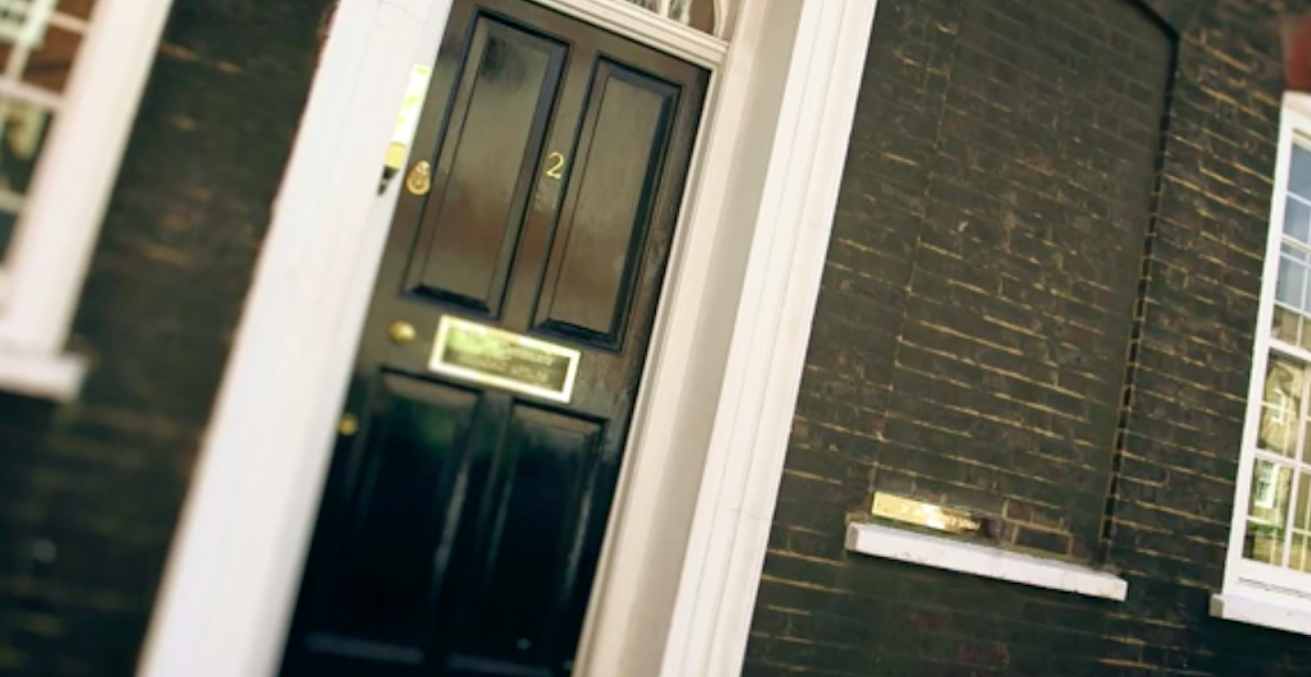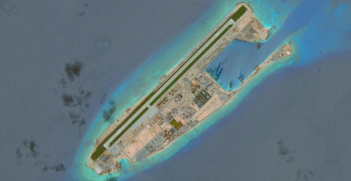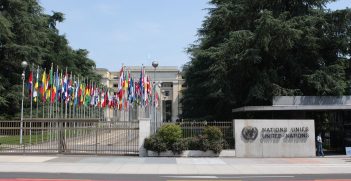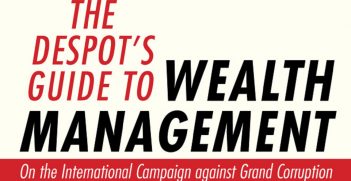The Mundane Reality of Think Tanks

Think tanks are a source of fascination for scholars and the media. The reality of influencing policymaking is far more prosaic and think tanks have had to evolve with changing political landscapes and technology.
The term think tank often conjures images of groups of individuals who have secret meetings with governments, organisations that act as secret support or recruitment bases for political parties or those who receive funding from dubious sources to push a certain agenda.
The activities of right wing British think tanks such as the Adam Smith Institute and Institute of Economic Affairs have come under scrutiny in the past few years; they have been accused of colluding with the media and government to spread a neoliberal agenda. There are elements of truth in these perceptions about think tanks and what they do but the reality is less cloak-and-dagger and far more transparent.
Since the 1960s, think tanks have evolved to adapt to the changing political landscapes around them and to make use of new technology, first with the emergence of the 24-hour news cycle and more recently with the rise of social media. Scholars have divided think tanks in the Anglophone world into two waves: the first being described by scholars as the old guard institutes or “Universities without Students” and the second wave as being advocacy think tanks or “New Partisans”.
First wave
The first wave of think tanks were a progression in a longer intellectual tradition that dated back to the 16th and 17th century France where academic groups would assist monarchs with creating and implementing new legislation and policies. The Fabian Society is considered to be one of the oldest think tanks in the English-speaking world. It began as an organisation in the United Kingdom that advocated for political change through more gradual reforms; its strategies to influence governments lay in publishing pamphlets and holding meetings with intellectuals and members of government. The first American think tank to emerge was the Carnegie Endowment for International Peace (CEIP) in 1907. Like the Fabian Society, the CEIP held events and published pamphlets to try to influence policymaking
The activities of the Fabian Society and the CEIP would pave the way for a number of other think tanks such as the Brookings Institute, the RAND Corporation and the Institute of Economic Affairs (IEA). These think tanks had broad policy agendas and tended to have structures that have been described as resembling universities without students because their staffers tended to have academic backgrounds and favoured longitudinal research published in journal articles or books. They were elite focused: they produced work that was meant for academics, the civil service and governments. Often their work debated big ideas, such as economic theory, rather than providing specific and instructional policy suggestions. The first wave of think tanks avoided expressing political biases or aligning themselves with particular political parties.
The creation of the IEA in 1955 signalled an evolution in the development of think tanks. While the IEA favoured academic-style publications that contributed to theoretical debates—and aimed this work at elites in government and academia—unlike its predecessors, the IEA had a very clear ideological bias towards economic liberalisation and free markets. Its founder, Antony Seldon, set up the think tank to promote neoliberalism as an alternative to the then-dominant Keynesian economic discourse in the UK. The IEA was separate to the Conservative Party, but due to its views found itself closely aligned with the Conservatives.
Second wave
The second wave of think tanks began to emerge in the 1960s, starting with the Heritage Foundation in the US. These think tanks were aware of the obstacles faced by their predecessors; although engaging in academic debates may have had some benefits, the reality was that if these think tanks wanted to make greater impacts in policy debates, they needed to broaden their scope. The emergence of the 24 hour news cycle also had a significant impact on the work of think tanks; think tanks now had to move away from producing longer, academic-style publications and had to start developing work that could be produced quickly, was accessible to a wide audience and could be broken down into soundbites. Think tanks began to realise that in utilising the media they could save both time and money and also reach a much wider audience.
The second-wave think tank model accepted that direct influence over governments was not possible and, in doing so, created strategies that were designed to generate policy debates in public forums such as television, newspapers and events such as debates and lectures. The success of the early second-wave think tanks such as the Heritage Foundation lead to a proliferation of think tanks across the Anglophone world, including left-wing think tanks such as Demos and the Institute for Public Policy Research (IPPR) in Britain.
Think tanks play an important role in democracies; they provide the information and ideas that create and contribute to public policy debates. Removed from governments and the civil service, these organisations have the ability to propose ideas that are not hampered by party partisanship and can be radical. With the rise of social media, think tanks now do not have to rely solely on the media to disseminate their work and ideas; they can do it themselves in a way that has the potential to reach a wider global audience. While the term “think tank” may create misconceptions about their reach and influence over governments, the reality is that think tanks have had to change their strategies to create public and indirect policy debates with governments as the opportunities to directly influence them in private were limited or non-existent. This is now especially true as think tanks have to compete with many others, both within their political systems and globally.
Keshia Jacotine is a Teaching Associate of Nationality, Ethnicity and Conflict at Monash University, Melbourne.
This article is published under a Creative Commons Licence and may be republished with attribution.





